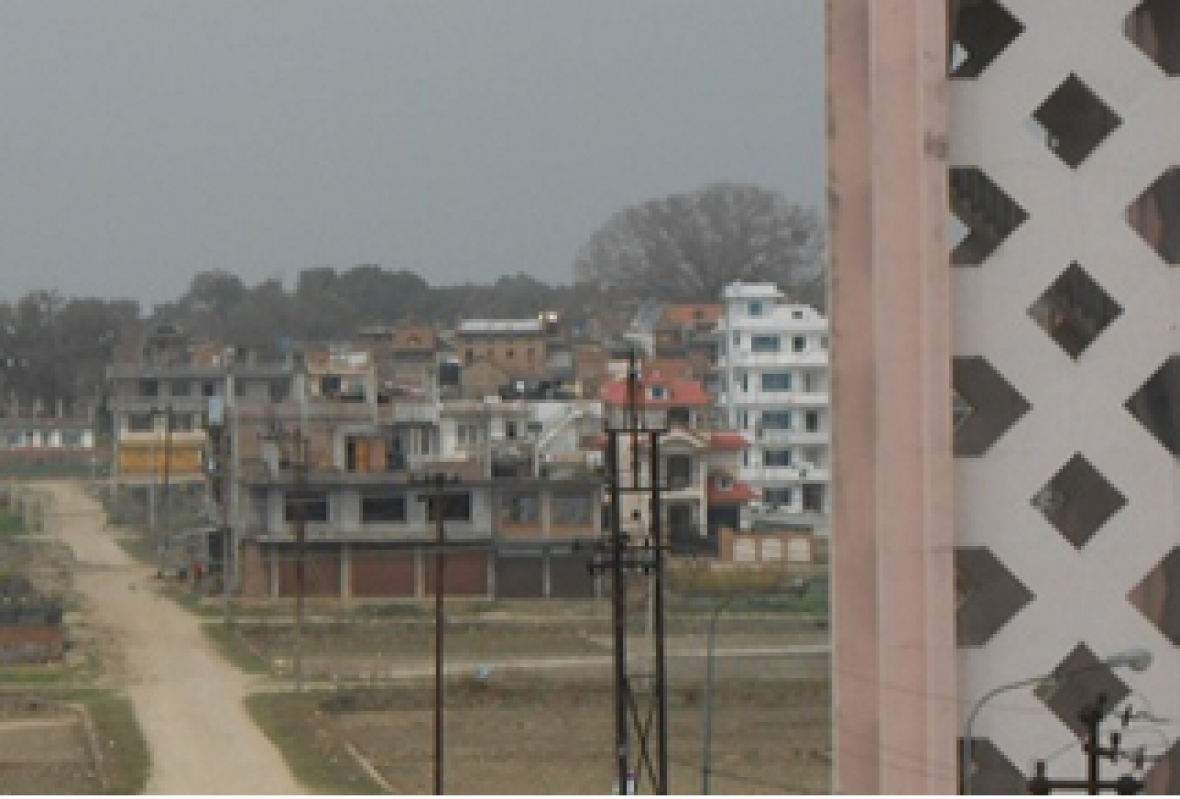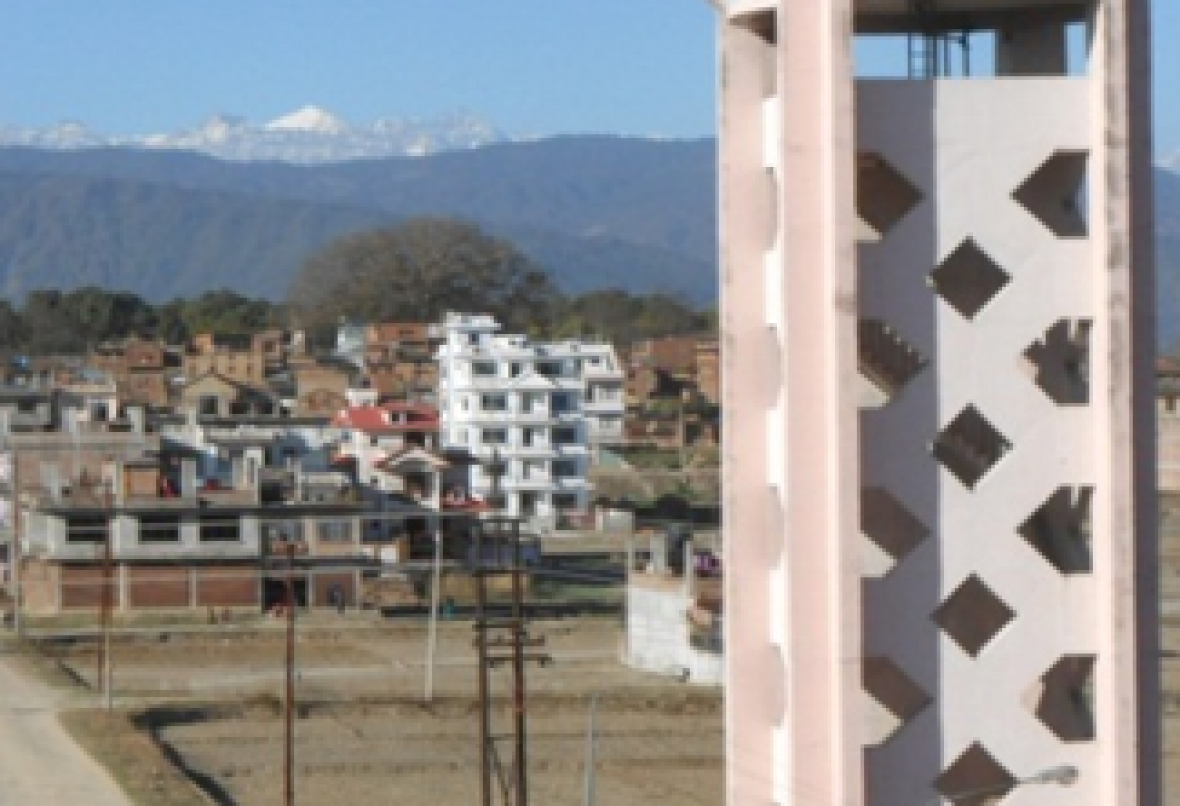A Clear View for Kathmandu: New DFG-funded Project on Air Pollution in Nepal
07.10.2014

If you walk through the streets of Kathmandu, you can often smell, see and sometimes even taste the air pollution. However, there are still hardly any studies that could provide a basis for developing measures to improve air quality in Nepal. In particular in the case of the urban region of the Kathmandu Valley, the necessary data is lacking. With its SusKat Project, the IASS has been working to fill this knowledge gap since 2012. In close collaboration with this project, atmospheric scientist Dr Andrea Mues will investigate the processes responsible for air pollution in the Kathmandu Valley and its surroundings in the coming three years at the IASS. Her application for funding from the German Research Foundation (DFG) for her BERLiKUM research project was successful.


Andrea Mues’ research interests centre on emissions of particulates, in particular soot, in the valley and their impact on the surrounding region, on possible measures to reduce emissions, and on the relevance of air pollutants from the Kathmandu Valley to the regional climate. Mues intends to study processes relevant to air quality and climate using computer simulations based on an atmospheric chemistry model. “At first, I analyse meteorological conditions and dynamic processes such as air circulation in the valley. They influence the transport of pollutants out of and into the valley,” explains the researcher, who is a member of the IASS Aerosols and Black Carbon Working Group. Apart from natural sources of particulate matter, for example vegetation, human-made local and regional emissions are a significant influencing factor.
One aim of the project is to identify the main source of emissions of selected components of particulate matter in the valley and determine the proportion of the total atmospheric concentration of particulates and soot they account for in this region. With the help of a computer model, Mues assesses the effects of various emissions scenarios and the impact of measures to combat air pollution. Using the model simulations, she also investigates the influence of soot deposits on snow and ice in the Himalayas. Soot darkens the surface of snow and ice, leading to greater absorption of the sun’s rays and a concomitant increase in surface temperature.
As part of her research project, the atmospheric scientist wants to extend cooperation and dialogue with researchers and experts in the Kathmandu Valley. Her principal cooperation partner is the International Centre for Integrated Mountain Development. Cooperation with several partners allows their different perspectives on the problem of air pollution in the Kathmandu Valley to be brought together. This is crucial to developing promising emissions reduction measures that are politically and socially acceptable in the region.
Photos: (c) Maheswar Rupakheti
07.10.2014